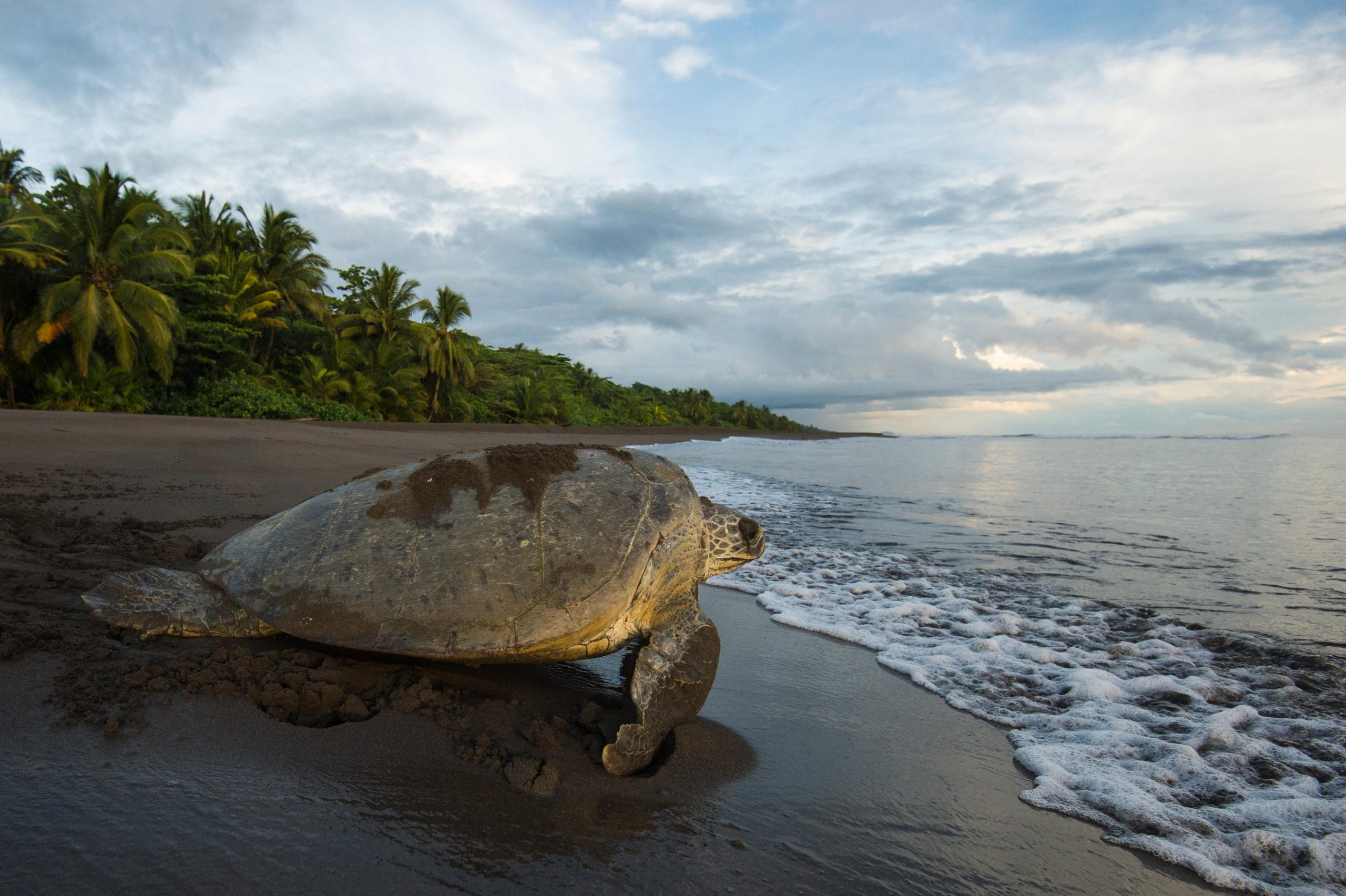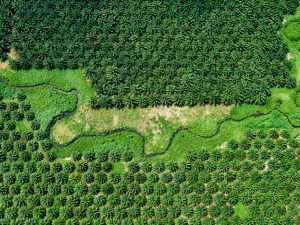Dubbed by some “the other COP”, UN negotiations over biodiversity targets and a new international framework for nature restoration and conservation have not had the same media or political profile as those on climate change.
However, the issue of biodiversity loss has gained ground in the past ten months, since the publication of the landmark report by scientists on the Intergovernmental Science-Policy Platform on Biodiversity and Ecosystem Services, which stated that one million species were facing extinction.
Businesses have also been found to be more dependent on nature than previously thought, with approximately $44 trillion of economic value generation – equivalent to half the world’s GDP – moderately or highly dependent, according to a report by the World Economic Forum and consultancy PwC.
The Convention on Biological Diversity (CBD) recently published its initial proposals for the framework. This “zero draft” will be discussed at a series of meetings in the run-up to the final Conference of Parties (COP), to be hosted by China in Kunming from 15-28 October. The first of these meetings will be hosted in Rome from 24-29 February, having been relocated from Kunming to help manage the new coronavirus.
China Dialogue asks the experts on five key drives behind the proposals on the table.
1. Areas protected for nature should be increased
National parks and other protected areas cover 15% of land and 17% of territorial waters. This is widely recognised as nowhere near sufficient. The zero draft proposes that at least 60% of important sites be protected by 2030, covering at least 30% of land and sea areas, with at least 10% under strict protection.
The increase has been broadly welcomed by scientists and environmental campaigners, for whom this was a major demand. “We think this is a pretty good starting point. But we’re not naïve, we’re expecting a lot of heated political discussion on this,” says Li Shuo, senior climate and energy policy officer at Greenpeace China.
Professor Callum Roberts, marine conservation biologist at the University of York, believes that the politics around protected areas will be tricky. “There’s a delicate balance being played out here. If the text is too prescriptive about protected areas, that will scare some countries. They may be unwilling to sign up and we won’t get the agreement necessary. On the other hand, I don’t want there to be no target in there – it’s important that we’re ambitious in this draft.”
For Brian O’Donnell, director of the Campaign for Nature, the targets are good, but too vague. “There are some concerns about the wording – only 10% will be in strict protection. What about the rest? How will it be managed in a way that ensures conservation?” he says.
2. Implementation must significantly improve
Matt Walpole, senior director of conservation programmes at Fauna and Flora International, stresses that lack of focus on implementation is the main reason previous attempts to halt biodiversity loss have failed.
Unlike the Paris Agreement, where governments bring their commitments to action to be debated at the negotiations, the CBD merely agrees the wording of the framework, then devolves detailed action to governments to take forward.
“At the point at which the mechanism is agreed, there is no commitment to action,” he says. “It doesn’t get us to the detail of how we make the changes, and that significantly weakens the convention.”
Linda Krueger, senior policy advisor at The Nature Conservancy, says that implementation depends on the involvement of all of society. “The right stakeholders are not engaged. Ministers of energy, transportation and industry all need to be involved in implementing the agreement. And they’re probably not even aware that this is happening.”
3. A boost in finance is critical
This is another political hot potato for the CBD, says Li. “The dynamic is similar to the climate talks: developing countries are seeking financial support from those that are more developed. At the CBD, it’s primarily African countries that are asking for this,” he says.
Roberts says more money is needed for biodiversity. “We need to spend a lot more heavily on biodiversity protection in the coming decades if we’re going to come anywhere close to achieving the ambition in the zero draft,” he says.
O’Donnell says that finance should come from all sectors, including governments, businesses and philanthropy. But discussions on finance have yet to really get going, he reports. “There’s been much more focus on the policy, science and place-based discussions. That will really be the make or break – if the targets are not met with enhanced financing, then they’re not going to achieve their objective.”
4. Indirect drivers need accounting for
The zero draft recognises the role of unsustainable consumption in biodiversity loss, saying that “people everywhere” should moderate consumption and lifestyles so that levels are sustainable by 2030. But the extent to which the framework will target such issues, which also include population, trade and the extractive sectors, will be a “big debate”, predicts Li.
“Some of those are not necessarily reflected in the zero draft, but I can tell you that in the negotiations those issues are being discussed quite a bit. Indirect drivers are a little bit beyond the CBD’s remit, but at the same time are major contributors to biodiversity loss,” says Li.
5. Climate and biodiversity need tackling together
The zero draft recognises the role of nature in mitigating climate change by proposing that nature-based solutions such as sequestering carbon in soils, trees and oceans provide around 30% of the effort needed to achieve the goals of the Paris Agreement. O’Donnell welcomes the move, adding that such coordination of the two objectives has been missing in the past.
Roberts is also pleased, and says that both challenges need to be tackled together for either to be successful. “Unless we go much higher on our climate ambition, we’re not going to stem biodiversity loss, and unless we go much higher in protected area coverage, we’re not going to implement nature-based solutions to climate mitigation on a large enough scale to make any difference at all.”
As these issues are fleshed out in the run up to October, many commenters believe that China is ideally placed to host the biodiversity COP, as it is already implementing its concept of “ecological civilisation” through its ecological red lines strategy to balance economic growth with ecological and environmental protection.
“They’re in a unique position to be the leaders in breaking the CBD out of its historical narrow focus and introducing some of those concepts that are absolutely necessary if we’re to achieve the transformation needed,” Krueger says.





![Tubewell spouting water. Excessive use of groundwater for agriculture is creating a crisis [image by Shahzada Irfan]](https://dialogue.earth/content/uploads/2016/06/Tubewell-300x225.jpg)



